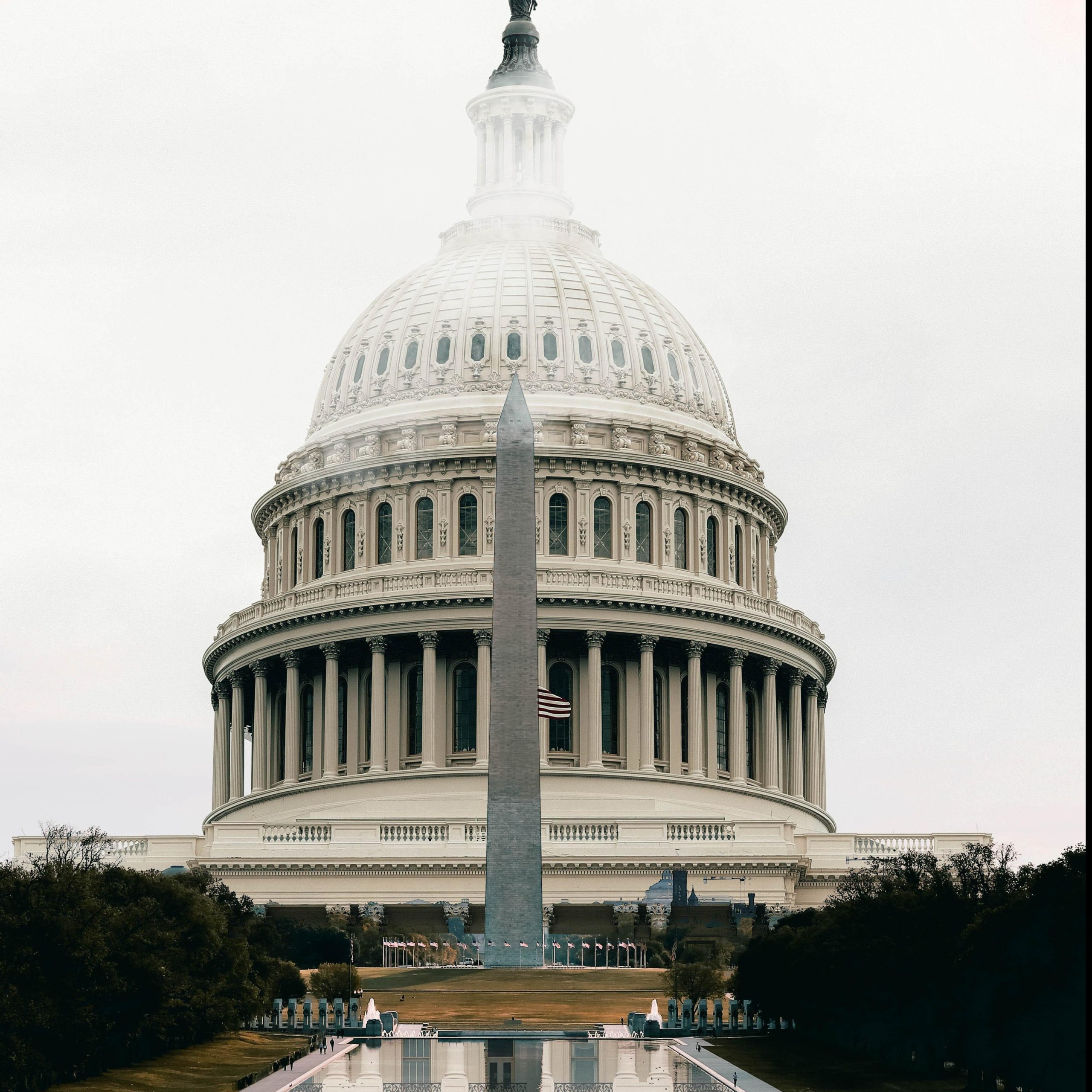
This year has felt so long you may have forgotten, but at the end of March the Federal government passed the CARES Act which provided a slew of various benefits to assist individuals and businesses during the pandemic. Since then, there has been continuous talk of additional support being administered with no meaningful progress . . . until now. In the final days of 2020 , C ongress passed the Consolidated Appropriates Act of 2021, which includes additional coronavirus support, and in the eleventh hour was signed by the President. As before, there are many questions swirling about what sort of benefits individuals and businesses may see. Here are some of the key highlights of the additional support, and changes, from the recently passed bill.
More Direct Payments
Like last time, one of the most talked about aspects of the bill is the handling of direct payments to individuals. This time around the payments are slotted to be half of what they were the first time , at $600 per individual. This means someone filing a joint return will start with a base amount of $1,200. However, if you have children who are younger than 17, your base benefit will increase by $600 for each qualifying child.
Ex: Mary and Mike file a joint return and have two children, 10 and 12. Their base payment will be $2,400 ($600 x 4).
Can you receive less than the scheduled amount?
Although for the calculation everyone starts at a certain base payment, whether you receive the full amount, or any at all, depends on your income. The phaseout ranges are the same as they were the last time. The amount you can receive will begin to decrease if your adjusted gross income (AGI) is above $75,000 for single filers and $150,000 for joint. For every $100 over these amounts, the direct payment received will decrease by $5 until there is no direct payment remaining. As before, this is a 2020 payment, but is based on 2019 income since the government does not know what your 2020 income is yet.
Ex: Mary and Mike had an AGI of $160,000 in 2019. Since it’s above the $150,000 phaseout their direct payment will be reduced by $500 ((160,000 – 150,000) / 100 * 5). Their total payment will be $1,900 ($2,400 – $500).
What if your 2019 income was high and your 2020 income is lower?
Since this is a 2020 credit but is currently based on 2019 income you may be in a situation where you don’t receive a direct payment now but can take a credit on your tax return when you file in 2020. This is in addition to the previous credit from the CARES Act back in March.
Ex: Jack and Dianne have two children, 7 and 8, and had an AGI of $300,000 in 2019 , completely eliminating any direct payment from either bill. However, their AGI in 2020 is much lower at $100,000. They will receive a credit on their 2020 tax return from this bill for $2,400 (600 * 4). However, they will also qualify for the credit in the CARES Act (($1,200 * 2) + ($500 * 2)) of $3,400. Their total credit will be $5,800 from both bills because they qualify but have not received any payments yet.
What is the tax impact from the payments?
The payments are not taxable from either bill. Also, if your income was low enough based on your 2019 income to receive a payment, but was high enough in 2020 to phaseout you do not need to repay the amounts received. It’s “free” money from the government that does not directly impact your tax bill.
What if a deceased person receives a check?
This was also partially clarified in the latest bill. The bill explicitly mentions that if someone passed away before 2020 they are not eligible to receive a check. However, it makes no mention of people who died in 2020 and received a check. At this point, it appears that those checks should be allowable. But, we may need to wait for additional guidance from the government on that matter.
Additional unemployment assistance
Sticking with the trend of about half as last time, the bill also has a provision for unemployment benefits of an additional $300 for up to 11 weeks. This money is in addition to what you may be eligible for from your state’s unemployment program increasing the total amount of unemployment money you may receive. As before, this benefit is available the first week of unemployment and there is no waiting period to receive these benefits. Also, certain individuals who are ineligible to receive unemployment benefits (such as self-employed individuals) can also receive these additional benefits.
Dependent Care Flexible Spending Account (FSA) extensions
If you’re like pretty much everyone else this year, 2020 has not gone as expected. At the start of any year, we have plans and expectations for the year to come, and although it never turns out exactly as we expect, no one could have predicted that 2020 would be like this.
A great tool for saving some tax dollars is utilizing a dependent care FSA account. If provided by your employer, it allows you to contribute money to the plan pre-tax (saving you tax dollars) and later spent on certain eligible dependent care expenses. However, the money contributed must be used before the year is out, otherwise the remaining dollars are forfeited. With so many parents working from home, and may dependent care facilities closed, the amount anticipated to be spent on these services may have been grossly miscalculated. To assist with this, the new bill allows employers to allow employees to carry forward unspent money in these accounts from 2020 to 2021, and then from 2021 to 2022.
It’s important to note that this does not appear to be something that employers are required to do. If you still have money left in your plan it’s important to ask your employer if they are allowing these carry forwards from Dependent Care FSA accounts.
Paycheck Protection Program (PPP) returns
One popular program for small businesses from the CARES Act was the paycheck protection program. This program allows eligible businesses to receive funds from the government, and if spent on certain allowable expenses, would be forgiven tax-free. A new round of funding was added to this program to assist businesses who have not received any funds yet, and those who are still struggling. The new bill also expands some of the eligible uses for the funds including:
-
Additional Operating Expenditures: These include expenses for software that helps facilitate business operations (ex: product/service delivery, processing payroll expenses, human resources, sales/billing, tracking supplies/inventory)
-
Certain Property Damage: This relates to property damage/vandalism/looting due to public disturbances that occurred in 2020 that was not covered by insurance.
-
Worker Protection Expenditures: Expenses related to complying with certain health agencies beginning on March 1, 2020 until the national emergency declared by the President from the coronavirus has expired. These include expenses for sanitation standards, social distancing, and providing worker or customer safety.
The bill also extended what expenses count as “payroll” which now includes:
-
Group life insurance
-
Group disability
-
Vision and dental insurance
Qualifications for a loan
If you’ve already received a PPP loan, you can not apply for a new loan until you have spent all of your first loan. This time around the business can not have more than 300 employees (was previously 500). Lastly, the business must have experienced a 25% or more drop in revenue in any quarter in 2020 compared to the same quarter in 2019.
Simplified forgiveness program
Another nice aspect of the bill is that for loans for $150,000 or less are eligible for a simplified forgiveness process. The SBA is required to create an application that is no longer than one page, and those asking for forgiveness do not need to submit any documentation when they file the application. Although, all rules for forgiveness need to be followed, they are just not asking for proof at the time of submission. There can certainly be ramifications after the fact if you asked for forgiveness and did not qualify. But, if you do qualify, the initial process for these loans should be fairly straightforward .
Employee Retention Credit
The employee retention credit was another benefit that came out of the original CARES Act, but was recently expanded in the new bill. One of the big changes for 2020 is that before you could not claim this credit if you received a PPP loan. This new change allows a business use both a PPP loan and take this credit, but you are not allowed to double dip. Meaning, you cannot use the same wages to qualify for the employee retention credit, and for loan forgiveness. Another change for 2020 is that healthcare expenses are considered wages for determining what the credit can be used for.
Next year, in 2021, the amount of wages that are eligible increases from $10,000 per employee total, to $10,000 per employee each quarter. This of course assumes you will qualify going into next year as well. The eligible percentage for the credit also increases from 50% to 70% o n these wages.
They also made it easier to qualify for the credit. The maximum number of employees increased from 100 to 500. Also, for 2021, the reduction of revenue for the business needs to be at least 20% lower than the same quarter in 2019 (it was previously 50% lower). This will allow more businesses to qualify for the credit and should provide some relief to the business while also keeping employees on payroll.
Meal expense deduction
Another large change to the tax code is that certain meal expenses will be 100% deductible in 2021 and 2022. However, this does not include expenses incurred in 2020. The bill stipulates that in order to qualify for the deduction the food and beverages must be provided by a restaurant. Although not explicitly mentioned, at this point in time, it would appear to include both dining in a restaurant as well as take out.
Summary
This year has been a challenging one for businesses and individuals alike. In response to the pandemic the government passed assistance earlier in 2020 and again just last week. This latest round of help included a bevy of programs which exten d some benefits, adjust others, or introduc e new assistance altogether. For more details on the CARES Act, and the programs introduced through that, please refer to our previous blog . If you need assistance with your overall financial plan, please reach out to our team.



